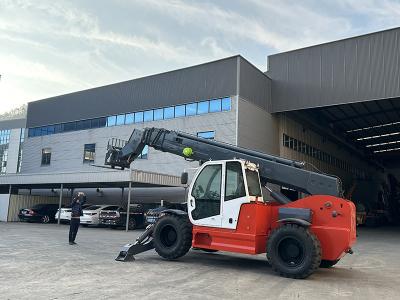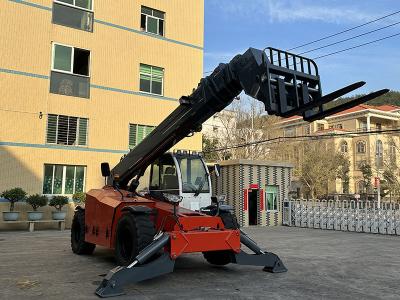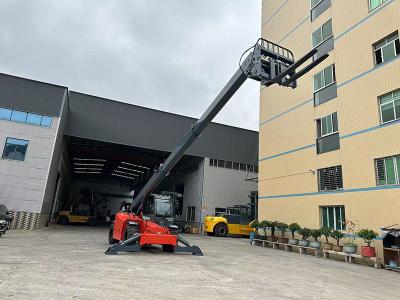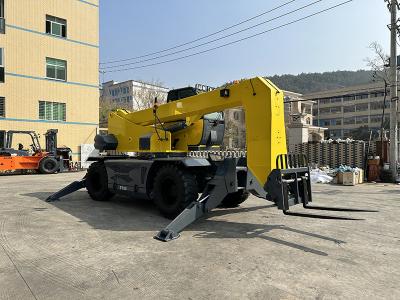Precautions for the use of diesel forklift engines
Drain engine oil and hydraulic oil from engine and hydraulic gearbox.
Remove the safety cover and seat, remove the radiator cap, remove the exhaust pipe muffler.
Remove the footboard and remove the radiator, exhaust pipe and accessories.
Remove the coupling between the engine and the hydraulic transmission system and other systems.
Remove the connection of the engine to the main drive.
The internal combustion engine is installed on the lifting equipment, and the bolts connected with the frame are tightened.
Use a lift to hoist the engine and place the diesel engine on the diesel engine workbench.
Customization of internal combustion engines.
If the goods or warehouses to be transferred by the enterprise have environmental protection requirements such as noise or exhaust emissions, they should be considered when selecting equipment. If it is in a refrigerated warehouse or an environment with explosion-proof requirements, the diesel forklift should also use a cold storage or explosion-proof type. Carefully check the addresses that the forklift needs to pass through when working, and imagine possible problems, such as whether the height of the entrance and exit doors of the warehouse affects the forklift, the height and load of the elevator, and whether the load of each floor meets the corresponding requirements when working upstairs.
When selecting and confirming equipment, internal combustion engine manufacturers need to explain the working conditions to diesel forklift suppliers in detail, and conduct on-site investigations to ensure that the purchased forklifts fully meet the company's requirements. Even after completing the analysis of the above steps, there may still be some models that can meet the above requirements at the same time. At this time, we need to pay attention to the following points:
Because forklifts are different, the number and quantity of forklifts are different, which will cause a series of cost changes.
When using forklifts in warehouses, the width of aisles required for different types of vehicles is different, which will lead to changes in warehouse layouts, such as changes in warehouses.
Variations in different models and quantities will have an impact on multiple aspects such as fleet maneuverability.
The number of various shopping malls is different, and the after-sales support capabilities are also different. For example, the low-position drive three-way stacker forklift and the high-position drive three-way stacker forklift belong to the narrow-aisle forklift series, which can complete stacking and picking in a very narrow aisle (1.5-2.0 meters).




















